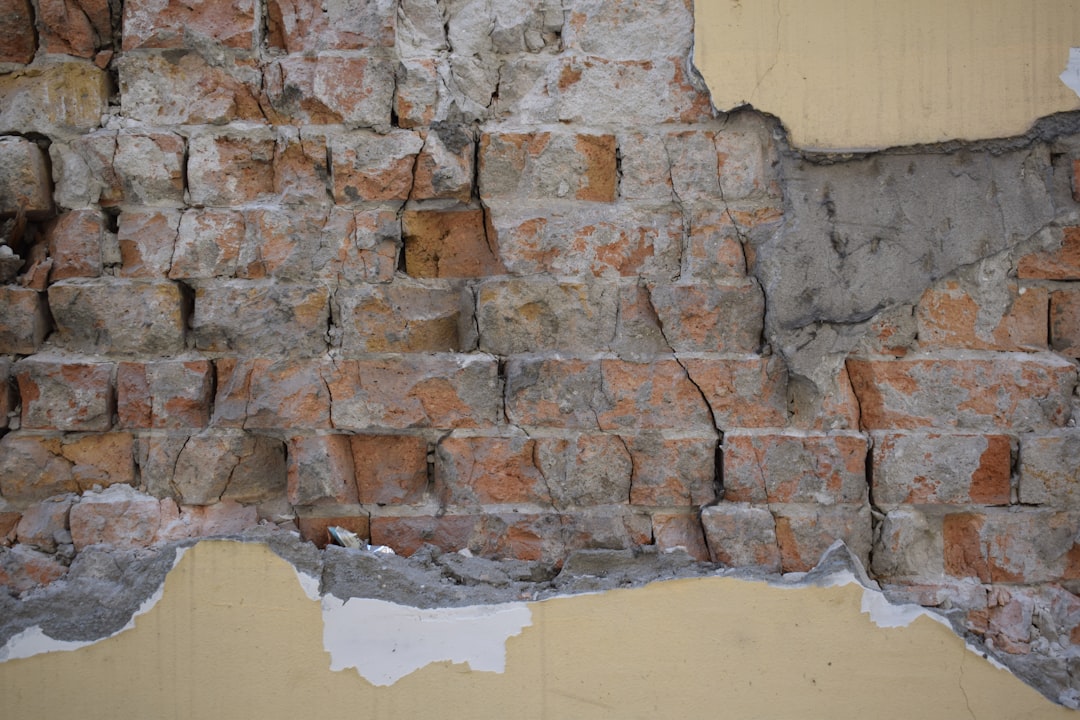
For construction professionals, accurately estimating the cost to remove a wall is crucial. In Austin, the cost can range significantly based on factors such as structural type, utilities, and finish restoration. For example, removing a non-load-bearing wall typically costs between $1,800 and $3,200, while a load-bearing wall with an LVL beam can range from $4,500 to $9,000. Large spans or masonry walls may exceed $10,000.
1. Structural Type
Load-bearing walls require more resources, including engineering and additional labor, making them more expensive to remove.
2. Size and Materials
The size and material of the wall, such as drywall versus masonry, impact the cost due to varying disposal fees and labor requirements.
3. Utilities Inside the Wall
Relocating utilities like electrical wiring, HVAC ducts, and plumbing can add significant costs due to the need for specialized trade labor and inspections.
4. Finish Restoration
Post-removal, seamless restoration of flooring, texture, and paint is essential, often overlooked in initial budgets.
5. Access and Site Protection
Site logistics, such as access in urban areas versus suburban settings, can affect staging costs.
Based on recent projects, here are typical costs:
These estimates include demolition, disposal, and basic patching. Additional costs may arise from electrical relocations and premium finishes.
Utilizing advanced tools like AI-driven estimating and real-time material pricing ensures precise cost projections. This approach eliminates reliance on generic square-foot multipliers, providing a tailored estimate based on current market conditions.
In Austin, permits are required for structural changes and utility relocations. Ensuring compliance involves:
Be aware of potential hidden costs such as asbestos removal, structural reinforcements, and electrical upgrades. Early detection through pre-demo scans can prevent budget overruns.
Consider these strategies to optimize costs:
Open-concept layouts can recoup up to 65% of their cost at resale. Explore financing options to spread costs over time, enhancing affordability.

The Ramirez family sought to expand their kitchen by removing a 12-ft load-bearing wall. The project involved rerouting HVAC and plumbing, installing engineered hardwood, and upgrading the electrical panel.
Key elements included:
The initial estimate was $8,450, with a final contract of $8,630. The project was completed in 9 working days, tracked through a customer portal.
The renovation increased natural light by 30% and raised the home's appraisal value by $24,000.
Early detection of potential issues and efficient scheduling were key to minimizing delays and costs.